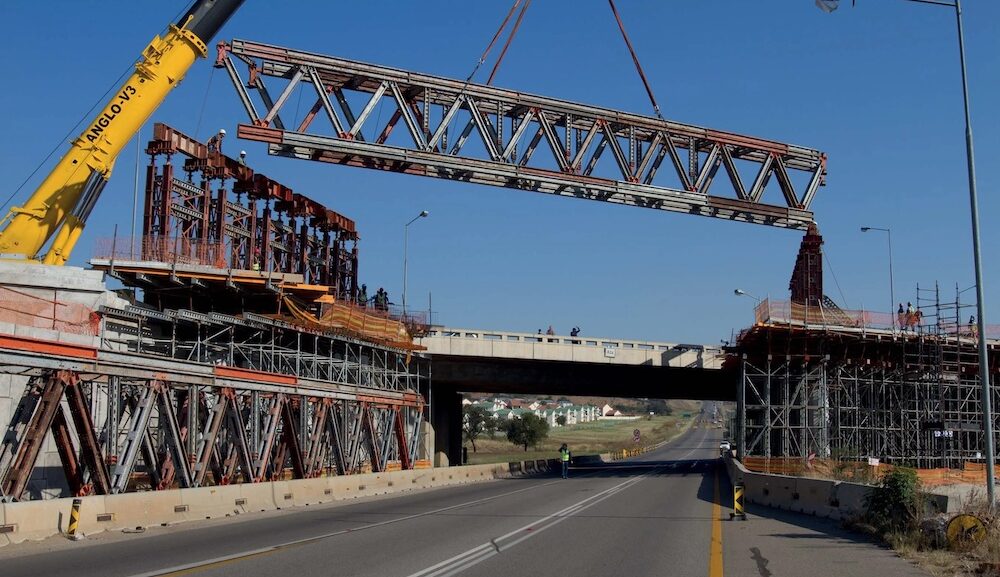Infrastructure investment is a critical component of a nation’s development and economic growth, and it varies significantly from state to state in the United States. The maintenance and enhancement of transportation networks, water systems, energy grids, and public facilities are essential for ensuring the country’s overall well-being. However, the level of expenditure on infrastructure projects can vary widely, reflecting the diverse needs and priorities of individual states. In this article, we delve into the intriguing question of which U.S. states allocate the most funds towards improving their infrastructure. By examining the financial commitments made by various states, we can gain insights into their dedication to fostering economic development, enhancing public services, and ensuring the safety and prosperity of their residents.

California: Known for its extensive road networks, bridges, and ports, California consistently ranks among the top spenders on infrastructure. The state’s size and population necessitate substantial investments to maintain and upgrade its transportation systems, water resources, and energy infrastructure.
Texas: With a rapidly growing population and a robust economy, Texas allocates significant funds to infrastructure projects. The state focuses on maintaining its vast highway network, supporting the energy sector, and addressing water supply and flood control challenges.
New York: As a major economic and transportation hub, New York continually invests in infrastructure. Renowned for its subway system, bridges, and tunnels, the state allocates resources to modernize and maintain critical transportation assets, as well as enhance public facilities.
Florida: Florida prioritizes infrastructure investments to accommodate its booming population and tourism industry. The state invests in roads, bridges, and flood control systems to ensure safe and efficient travel and mitigate the impact of severe weather events.
Pennsylvania: Known for its extensive network of roads and bridges, Pennsylvania focuses on maintaining and upgrading its aging infrastructure. The state’s strategic location also makes it vital for trade and transportation.
Illinois: With its central location in the U.S., Illinois allocates substantial funds to maintain and improve transportation infrastructure. The state’s highways and railways are crucial for both regional and national commerce.
Ohio: Ohio places a strong emphasis on infrastructure investments to support manufacturing and logistics. The state’s highways, waterways, and ports play a pivotal role in the movement of goods.
Georgia: Georgia’s investment in infrastructure is driven by its rapidly growing population and economic activities. The state prioritizes transportation and logistics infrastructure, including expanding its ports and enhancing transit systems.
North Carolina: North Carolina invests in a wide range of infrastructure projects, including highways, airports, and utilities. The state’s commitment to innovation and economic development fuels these investments.
Virginia: As a key gateway to the U.S. East Coast, Virginia allocates significant funds to its transportation infrastructure. The state’s ports and highways are essential for both domestic and international trade.
These states lead in infrastructure spending due to their unique needs and strategic priorities. However, infrastructure investment is a nationwide concern, and states across the U.S. continually seek ways to improve their infrastructure to promote economic growth, enhance quality of life, and ensure the safety and well-being of their residents.
Which US States spend the most money to improve Infrastructure?
The article answers the question of which U.S. states allocate the most funds for infrastructure improvement. It delves into their investment strategies, highlighting priorities in transportation, public services, and economic development. This analysis offers insights into how states address diverse needs, ensuring the well-being of residents and contributing to the nation's growth.
